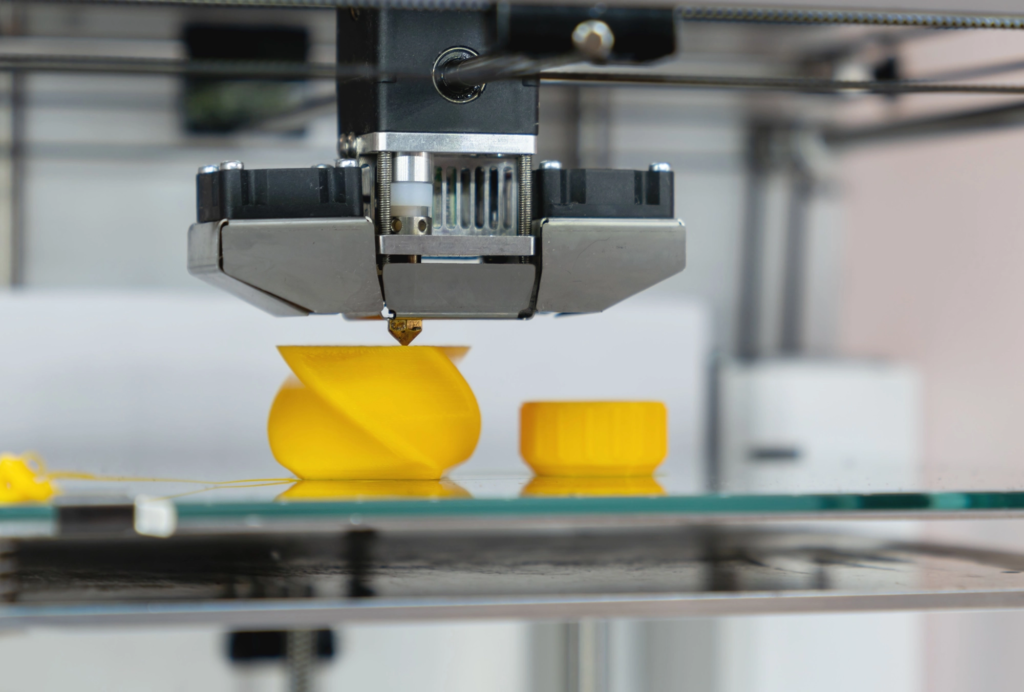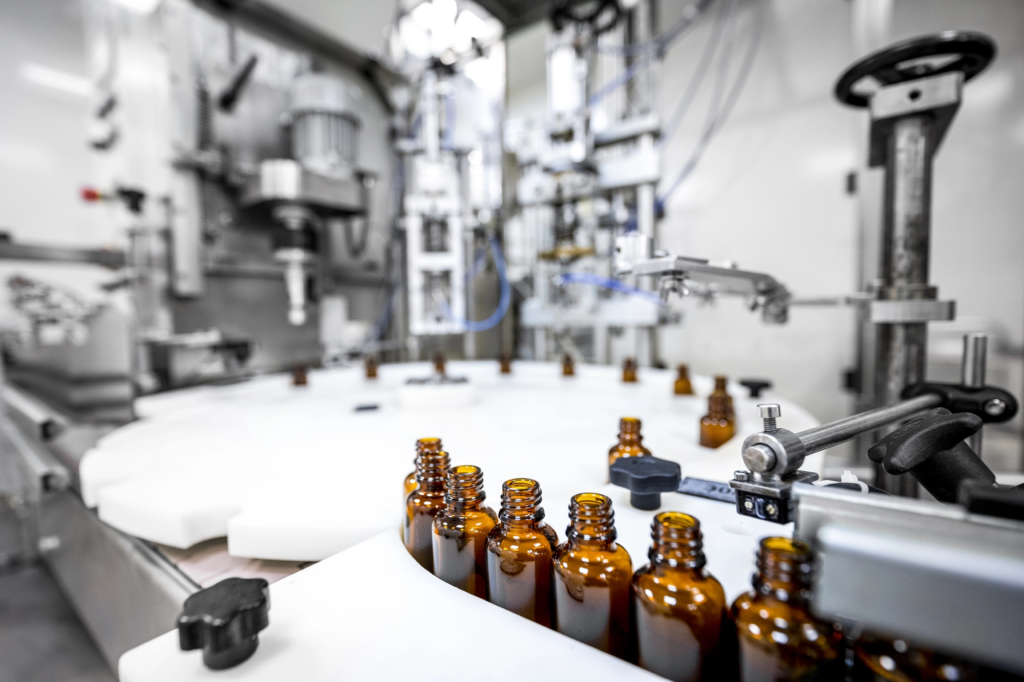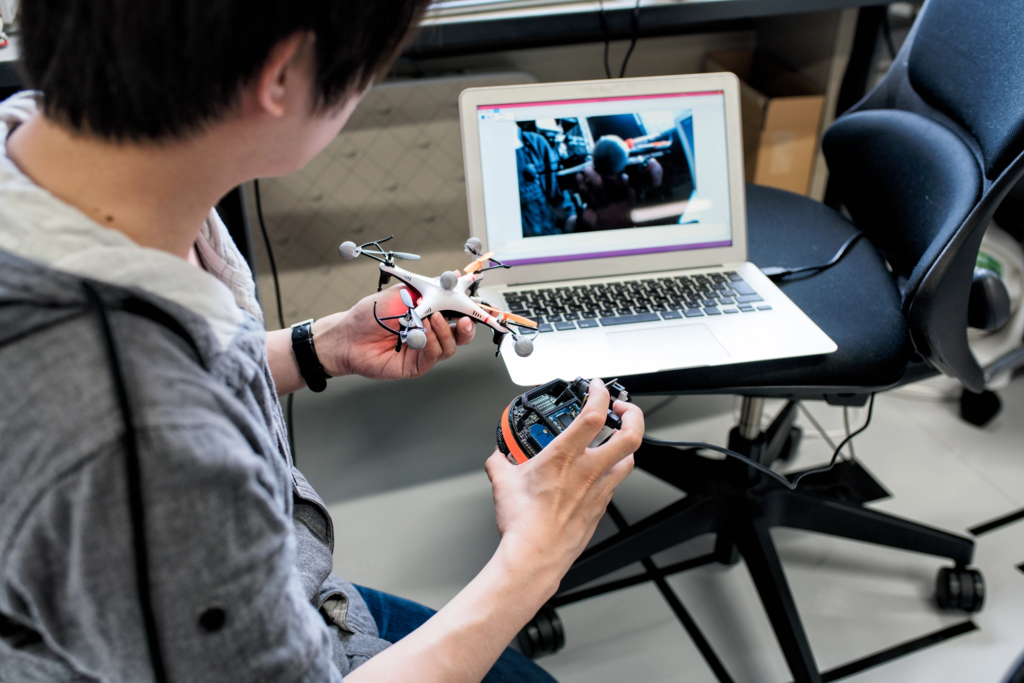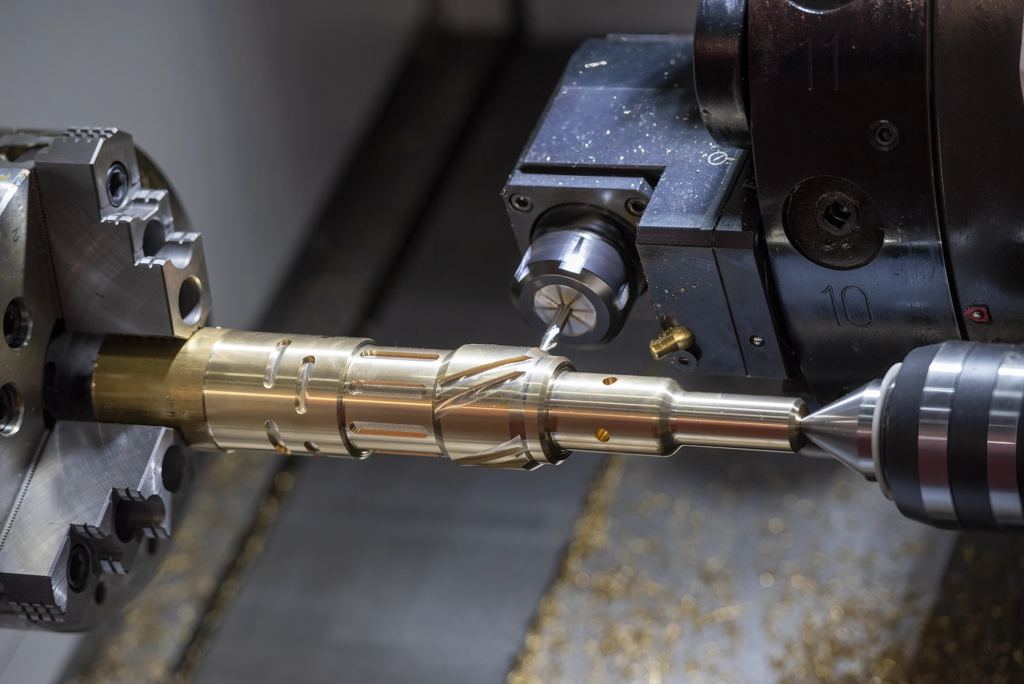
Product Creation
Customized Products and Cutting-Edge Prototypes
One of the best ways to establish brand authority is to launch a new product, or a customized version of an existing product. While many businesses have new product ideas, it’s far more challenging to find a supplier in China that can bring ideas to the marketplace. Fortunately, Hifida is here to help.
We leverage our extensive supplier network to find factories with the engineering capabilities to customize existing products or create brand-new products from scratch. Hifida’s engineering experts supervise the product creation process, including delivery Computer Aided Design (CAD) and Adobe Illustrator (AI) files, ensuring that design expectations are communicated, and shipping a 3D prototype, where applicable.
Hifida’s Product Creation Process
Supplier Due Diligence
Hifida’s experts research your existing supplier (if you have one) to determine if they have the engineering expertise required to customize or create a new product. Generally, our goal is to find at least three high-quality options for suppliers that could potentially make your new product.


Prototyping
We’ll coordinate with the supplier in creating a 3D printed prototype and shipping it to you for inspection. Hifida’s team will help analyze the prototype sample, determining what components need to be sourced from what supplier, and will deliver feedback to the supplier if adjustments are required.
Tooling (Setting Up Molds)
Once the prototype is approved, Hifida will work with your supplier in creating molds for mass production. Our production experts will determine if a mold works for your product, and what tooling may be required to refine the mold.


Manufacturing
When the mold is approved, mass production can begin. Hifida maintains an on-site presence at the factory during manufacturing, examining products, and offering advice on possible future product iterations.
Quality Control
During production, Hifida will be responsible for implementing and supervising quality control processes. As issues arise, we’ll quickly respond and resolve them, making sure that your product timeline is uninterrupted as little as possible without your business needing to be concerned about quality corners being cut.

Product Creation Fees

Hifida’s product creation fees are hourly based, and clients can choose how much, or how little, of our services they need. Your business may only need a small scope of our product creation expertise, for example, creation of molds, or you may want the entire suite of services that Hifida offers. Our pricing is catered to how much of our services you need.
Tell us what specific services you need, and Hifida will do it. It’s as simple as that.

Need Help Importing From China?
Click below to get in touch with a Hifida Expert
Product Creation FAQ
 How much does it cost to make a prototype in China?
How much does it cost to make a prototype in China?
The cost to make a prototype in China will vary depending on your chosen supplier and the kind of product you’re looking to prototype. While there’s no set price, there are a few fees that are unique to prototyping:
- 3D sampling: It’s not uncommon to receive a 3D printed sample of a novel product. Creating and shipping this sample will be an extra cost.
- Molds: Molds are what a supplier can use to mass produce your product after a successful prototype has been made. While molds have a significant upfront cost, they may pay for themselves if you plan on making a high-volume order.
 How do you make a 3D prototype before mass production?
How do you make a 3D prototype before mass production?
You’ll need to send the design files to your supplier so they can create a 3D prototype. Common files include CAD and Adobe Illustrator (AI) files. Once a supplier has these files, and you’ve given a thorough explanation of what you’re looking for, a 3D prototype can be made.
 Who can build me a prototype in China?
Who can build me a prototype in China?
You’ll need to find a China supplier that has the engineering capacity to either customize products or create products from scratch. While there are many factories in China capable of making prototypes, not all factories can. Even among the suppliers that can, they may not have the experience in your specific industry niche to partner with you.
Your business will need to take time to find potential suppliers, and then narrow those suppliers down based on your needs and the perceived quality of the factories. If you think you’d benefit from removing the guesswork, time, and resources into finding a supplier, then you may want to work with a sourcing specialist, like Hifida.
 How do I get a prototype built in China?
How do I get a prototype built in China?
There are a few basic steps you can expect to follow when making a prototype in China. Keep in mind your specific steps may vary depending on your products, your supplier, and your needs:
- Search for suppliers: You need to find suppliers that have the engineering experience and capability to make prototypes.
- Send design files: You should have detailed, precise design files for your prototype (usually CAD and Adobe Illustrator (AI) files). Those files will be sent to the supplier, and they’ll use them to make a 3D sample.
- Evaluate 3D sample: When you receive the 3D sample, make sure your design files were followed and that your overall design works. You may need to provide feedback to the supplier about a mistake they made, or you may need to tweak your design for your product to be functional.
- Pay for a mold: If you’re going to mass produce your prototype, your supplier will need to make a mold on your behalf. While there is a large, upfront cost for a mold, it will greatly reduce the per unit cost during mass production, and is generally worth the investment for large volume orders
- Supervise production: When mass production is ready, you’ll want to monitor production. This will help you ensure that quality control processes are being followed, and it will help you identify production issues quickly.
 What’s the difference between a prototype and a custom product?
What’s the difference between a prototype and a custom product?
A prototype is a brand-new product that is not currently being sold. A custom product is a variation of a product that exists with unique modifications. For example, the very first fidget spinner was a prototype, while subsequent fidget spinners with unique designs and features were customized products.
 Why is a prototype so expensive?
Why is a prototype so expensive?
The reason why prototypes feel expensive is usually because of the costs associated with 3D printing the prototype, as well as the cost to make a mold for mass production. However, the opportunity to introduce a new product that doesn’t exist often outweighs the upfront cost of developing a prototype.
 How do I find a China supplier that can make a prototype?
How do I find a China supplier that can make a prototype?
You can find China suppliers that can make a prototype through online platforms like Alibaba, though you’ll want to take your time finding options and slowly eliminating options. If you don’t have the time, resources, or expertise to find and vet potential prototype suppliers, you may want to partner with a sourcing specialist, like Hifida.
 What are common mistakes when customizing a product in China?
What are common mistakes when customizing a product in China?
There are a few mistakes we’ve seen businesses make when trying to customize a product in China:
- Not vetting suppliers properly: If your supplier isn’t a good one, or they don’t have the engineering capacity to make product customizations, your product quality will suffer.
- Not supervising quality control: It’s always important to be on-site to monitor production and quality control, but it’s exceptionally important with customized products. Problems need to be identified quickly and resolved before they balloon into huge issues.
 What do I need to give to my China supplier to make a prototype?
What do I need to give to my China supplier to make a prototype?
Your China supplier will need design files to make your prototype. Usually, those will be CAD files and Adobe Illustrator (AI) files.
 Can any supplier in China customize a product?
Can any supplier in China customize a product?
No. Not all China suppliers are able to customize products. You’ll need to properly vet suppliers to make sure that they have the engineering capacity to customize your product according to your design specifications. If you aren’t sure you can validate suppliers, you may want to partner with a sourcing specialist who can, like Hifida.
 Do I need a mold for customizing a product or a prototype?
Do I need a mold for customizing a product or a prototype?
Most prototypes and some customized products will need a mold for mass production. While this is a significant, upfront price for businesses, it makes mass production of products far more cost effective.




